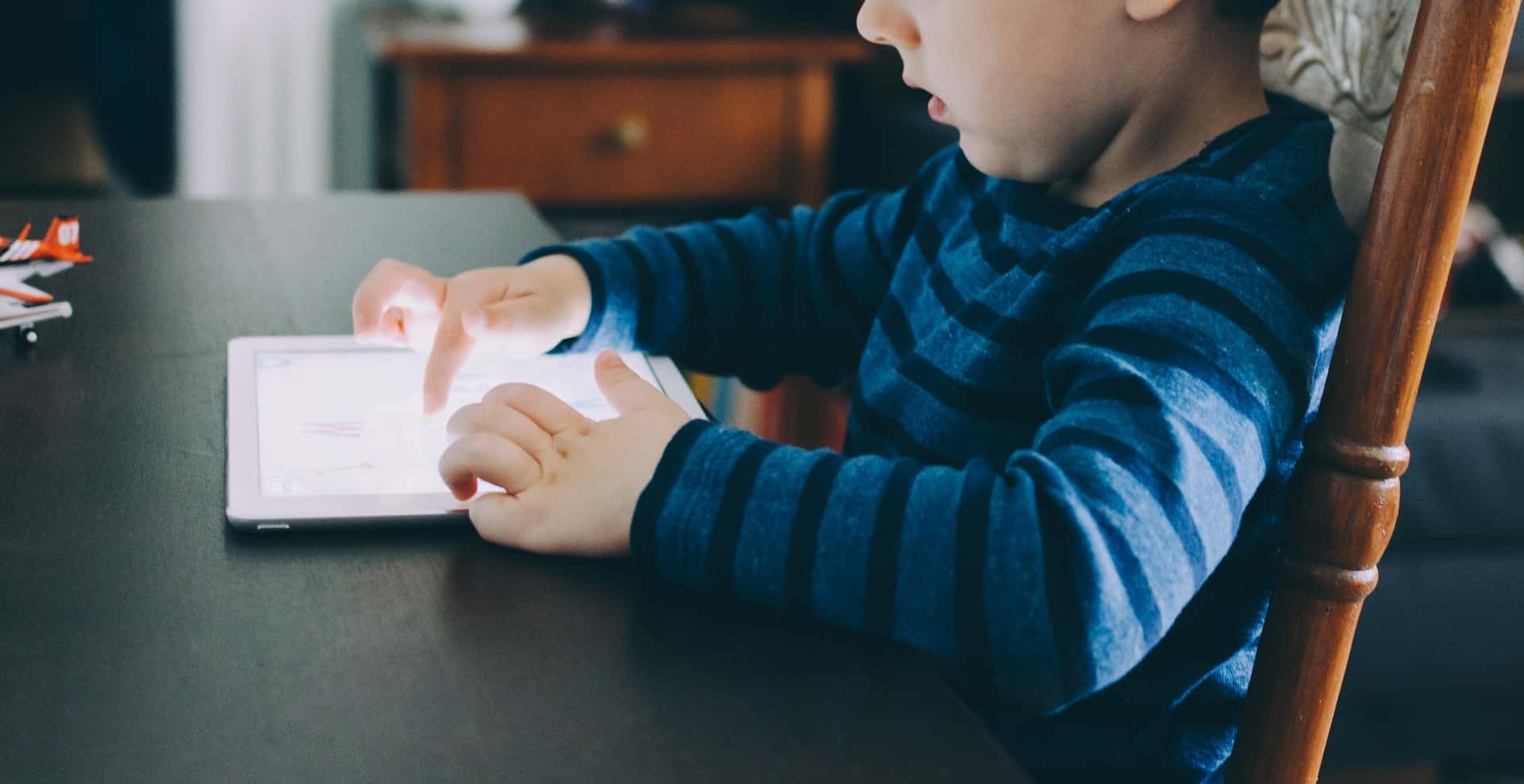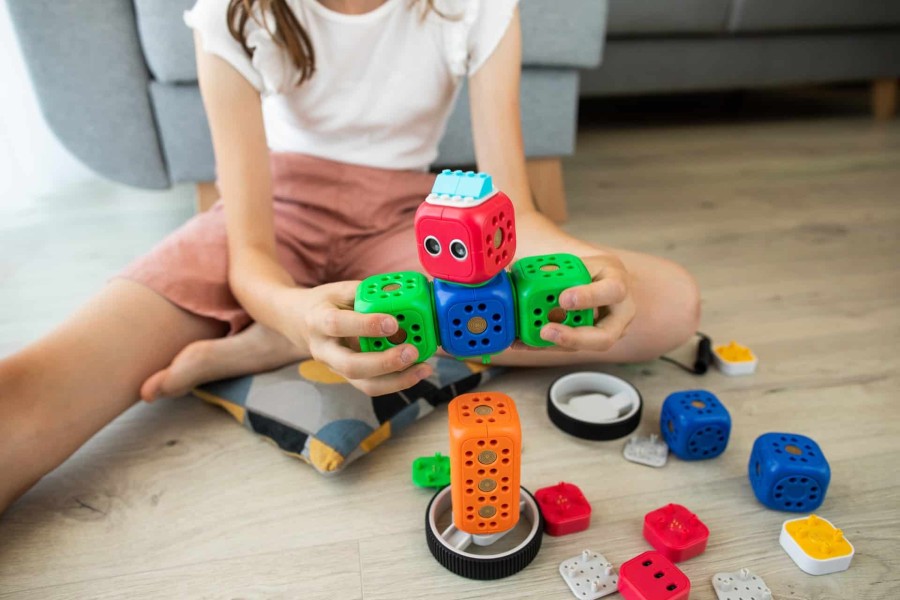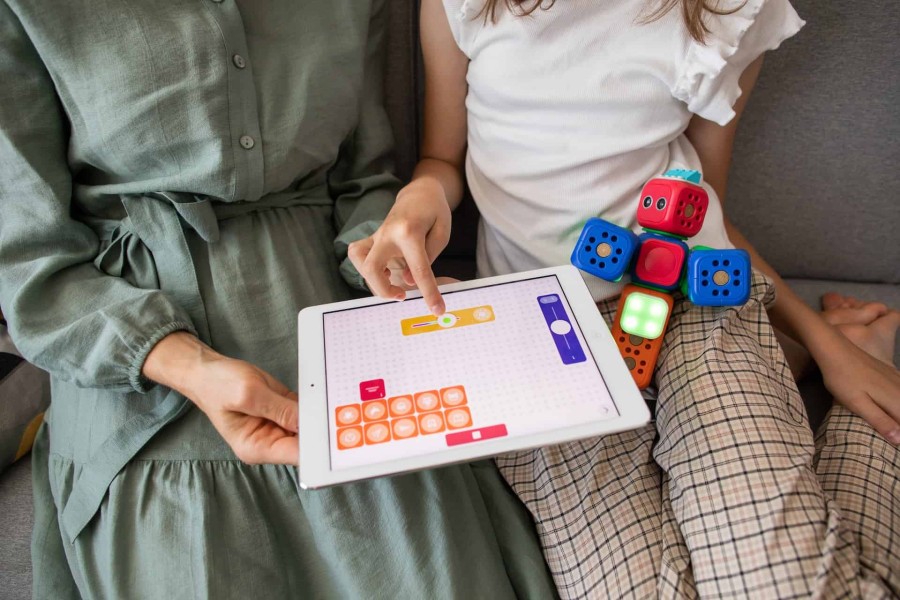
"Children are still enthusiastic about learning even at home. Here are some tips that you can do for your children while studying online!"

Photo by Robo Wunderkind on Unsplash

Photo by American Heritage Chocolate on Unsplash

Photo by Robo Wunderkind on Unsplash














